Why is traffic management important?
Vehicle and pedestrian traffic on mine sites need to be managed proactively to reduce the risks associated with their movements, and interactions. This is especially important when interactions between light and heavy vehicles, and pedestrians and vehicles are frequent.
Understanding the way traffic interacts and is then managed on-site is crucial to the safety of all personnel, and to maintain cost-effective and efficient traffic flow.
Managing the risks
Traffic management plan
The development of a comprehensive traffic management plan will aid in the effective management of site traffic system risk.
It should address items such as:
- road and intersection design factors such as gradients, road surface material, visibility, type and volume of traffic
- common and specialised traffic signage, markings, delineators and barriers
- site or company policies or protocols for functions such as speed limits, overtaking, road rules (e.g. give way), communication and parking
- the management of human factors and fitness for work (e.g. fatigue prevention and management)
- vehicle design, modification and maintenance strategies
- schedules of inspections and auditing
- when the plan is updated and by whom
- change management.
Wherever practicable, engineering solutions should be sought to reduce the potential risks associated with road user behaviour or operator error.
Source: Department of Mines, Industry Regulation and Safety
Working with or near large mobile plant
The size, inertia, weight and power of mobile machinery used in mining presents a significant set of risks to the personnel and equipment in the area of operation.
Operators of mobile equipment are often affected by a restricted view of their surroundings. The extensive range of vision shadows or blind spots can mean that personnel, equipment and objects are hidden from sight.
All mobile equipment operators are affected by blind spots while in use of their machinery. The people most commonly at risk are supervisors, spotters, and service and grade control personnel.
Develop a traffic management plan based on a risk assessment. Where practicable, minimise or eliminate:
- the need for reversing of large mobile equipment
- light and heavy vehicles interaction by reducing the number of pit permits or providing segregated transport routes.
Source: Department of Mines, Industry Regulation and Safety
Pedestrians
Personnel are required to move around site on-foot which means they are often placed at risk if traffic is not managed effectively around site.
Risk factors include:
- interaction with other road users
- no separation from vehicular traffic
- poor signage or barriers
- pedestrian infrastructure that does not match the desire lines (preferred pedestrian access routes based on convenience of travelling from one location to another)
- poor communication protocols
- hazard delineation
- access control for hazardous areas.
There is also the need for:
- the provision of escape routes
- clear and effective signage, barriers and gates
- awareness of
- site rules
- personal hazards
- behavioural issues and risk taking
- appropriate use of personal protective equipment (PPE)
- health or fitness limitations.
In order to address the risks associated with pedestrians and maximise the benefits associated with walking, a comprehensive pedestrian management strategy should be developed.
Pedestrian needs should be considered for the various stages of a project. Addressing pedestrian requirements during the design stage is always the preferred option as it increases opportunities and negates the needs for more expensive retroactive measures to be implemented in the future.
Source: Department of Mines, Industry Regulation and Safety


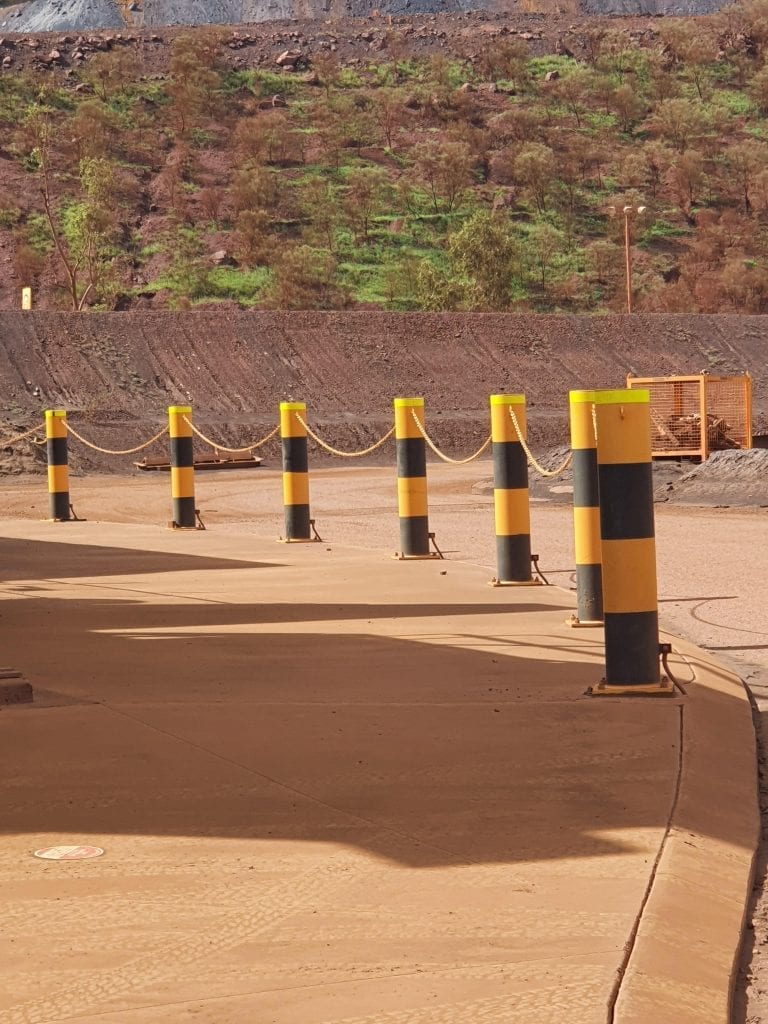
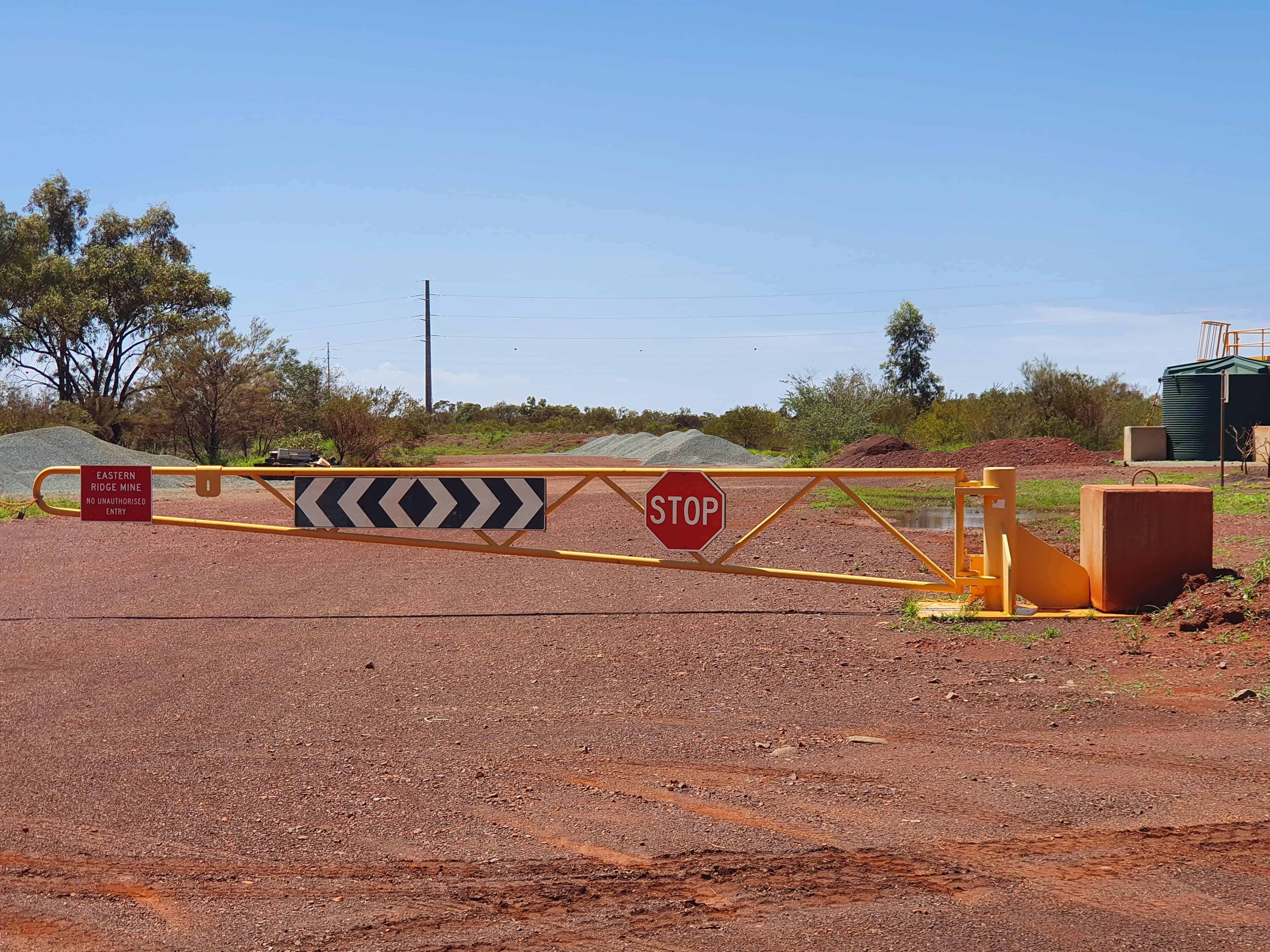
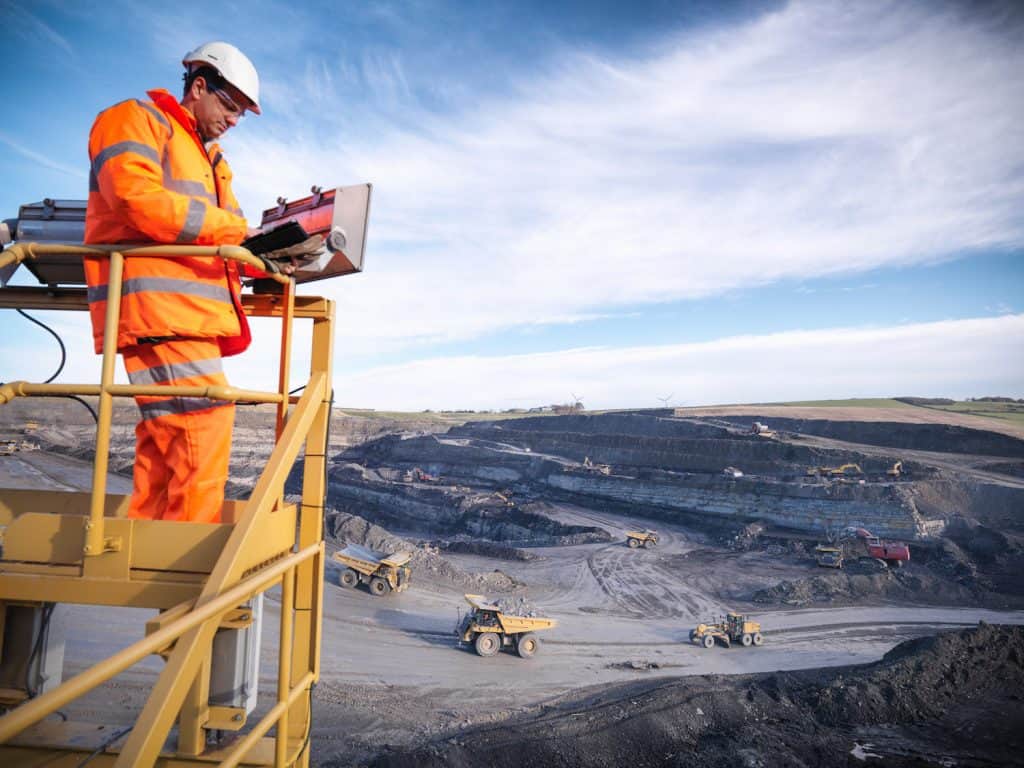
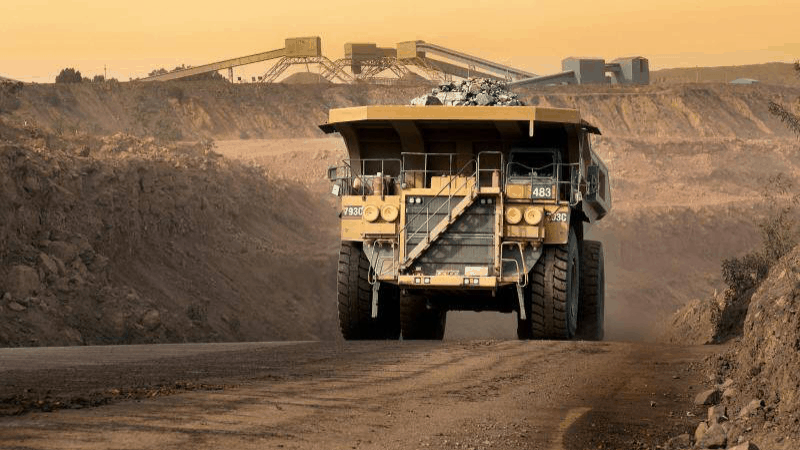
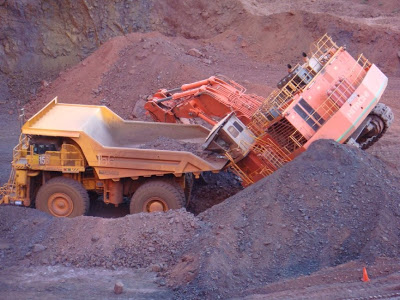

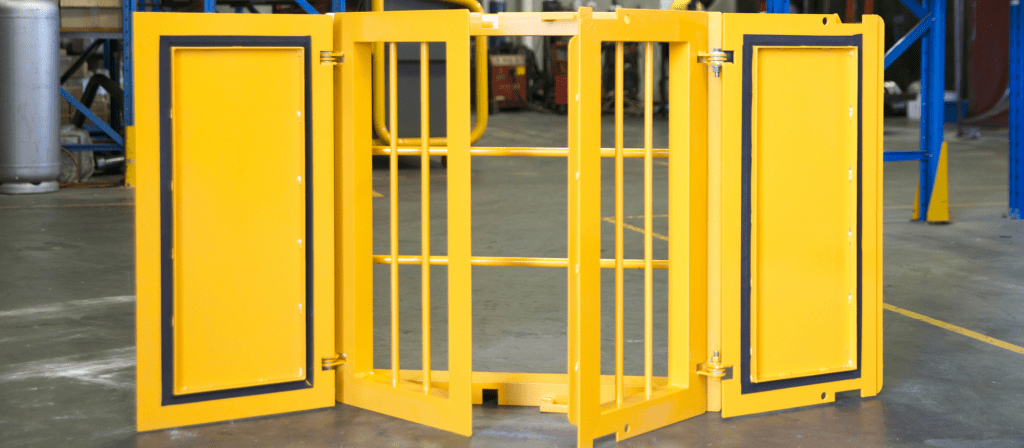
About The Author: Rhys Werndly
More posts by Rhys Werndly